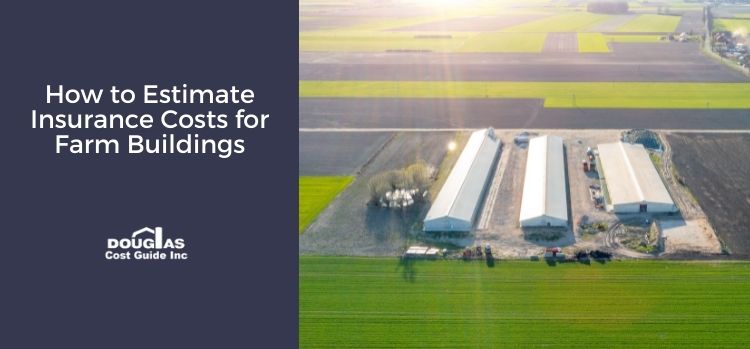Protecting family and business endeavors requires reliable insurance policies that fully cover farm buildings in the event of a catastrophic storm, fire or other unexpected event. One of the seemingly minor missteps too many growers and ranchers make involves not accurately estimating the replacement cost of their farm buildings.
When purchasing insurance, some jot down the fair market value that does not necessarily account for rising materials, labour, and demolition costs, among others. As an agricultural professional, it’s in your best interest to review your insurance policy and determine to what extent farm buildings are covered. Then, recalculate their true replacement costs before purchasing an insurance policy.
What is Farm Building Coverage?
Insurance policies covering houses, barns, and storage facilities are rarely standardized agreements. Agricultural operations produce vastly different resources that require niche products, equipment, and farm buildings. Making matters more complex, family farms typically have a separate home insurance policy to cover their residence. This is why it’s essential to identify the following farm buildings on your policy and make sure they are fully protected.
- Dairy Facilities
- Beef Facilities
- Swine Facilities
- Poultry Facilities
- Horse Facilities
- Feed Storage
- Manure Storage
- Produce Storage
- Greenhouses
In many respects, insurance for farm buildings functions much like a homeowner’s insurance policy. Property owners take out coverage that will pay for repairs or replacement costs in the event of a loss. But like home insurance, it’s crucial to select a policy with enough financial bandwidth to pay for full the replacement cost and not what the structure reflects on the real estate market. Arriving at a reliable figure can prove challenging, given the nature of farm buildings.
Replacement Cost Factors of Farm Buildings
When using a cost-estimating resource, it’s important to begin with baseline factors such as wall height, square footage, architectural design, roof slope, foundation, and the specific construction materials used in farm buildings. One of the pitfalls some property owners make involves relying solely on square footage estimates that cannot account for all the complexity of farm buildings.
With these figures in hand, growers and ranchers additionally require a system that accurately accounts for bringing older farm buildings up to current health, safety, fire, and building codes. Arriving at an accurate replacement cost assessment calls for factors such as regional labour costs, the current price of materials, as well specialized equipment and construction materials. The only industry-accepted resource that delivers such accuracy is the Douglas Agricultural Cost Guide.
The Douglas Cost Guide Delivers Reliable Estimates for Replacement Costs of Farm Buildings
Should the need to replace farm buildings arise, full and secure insurance coverage is vital. To craft a policy with a reliable replacement cost figure, farmers and ranchers would be well-served to leverage the Douglas Agricultural Cost Guide. Based on more than 30 years of research, field applications, and the most current farm building data, the Douglas Cost Guide provides a user-friendly platform that professionals across industries can access.

